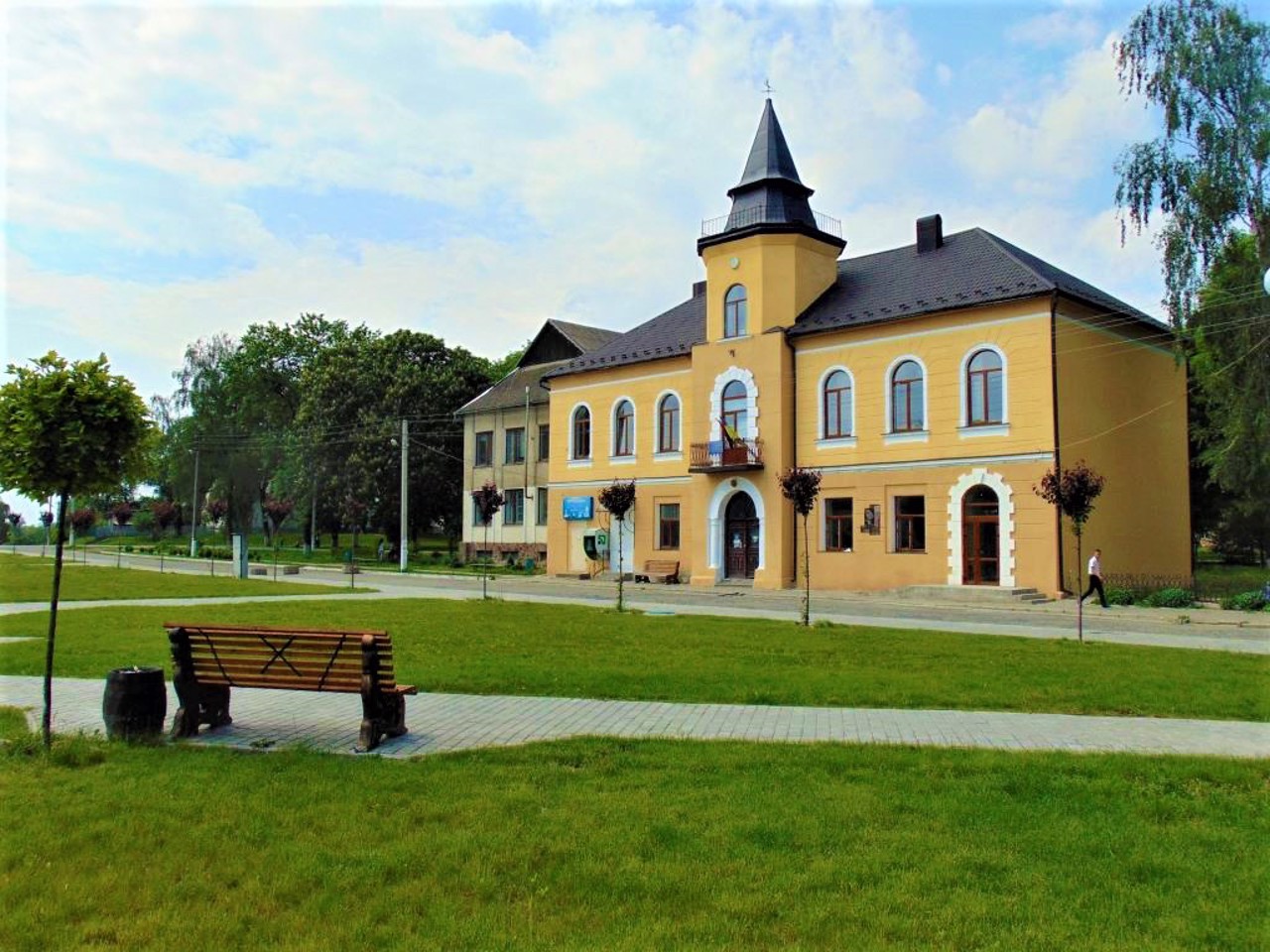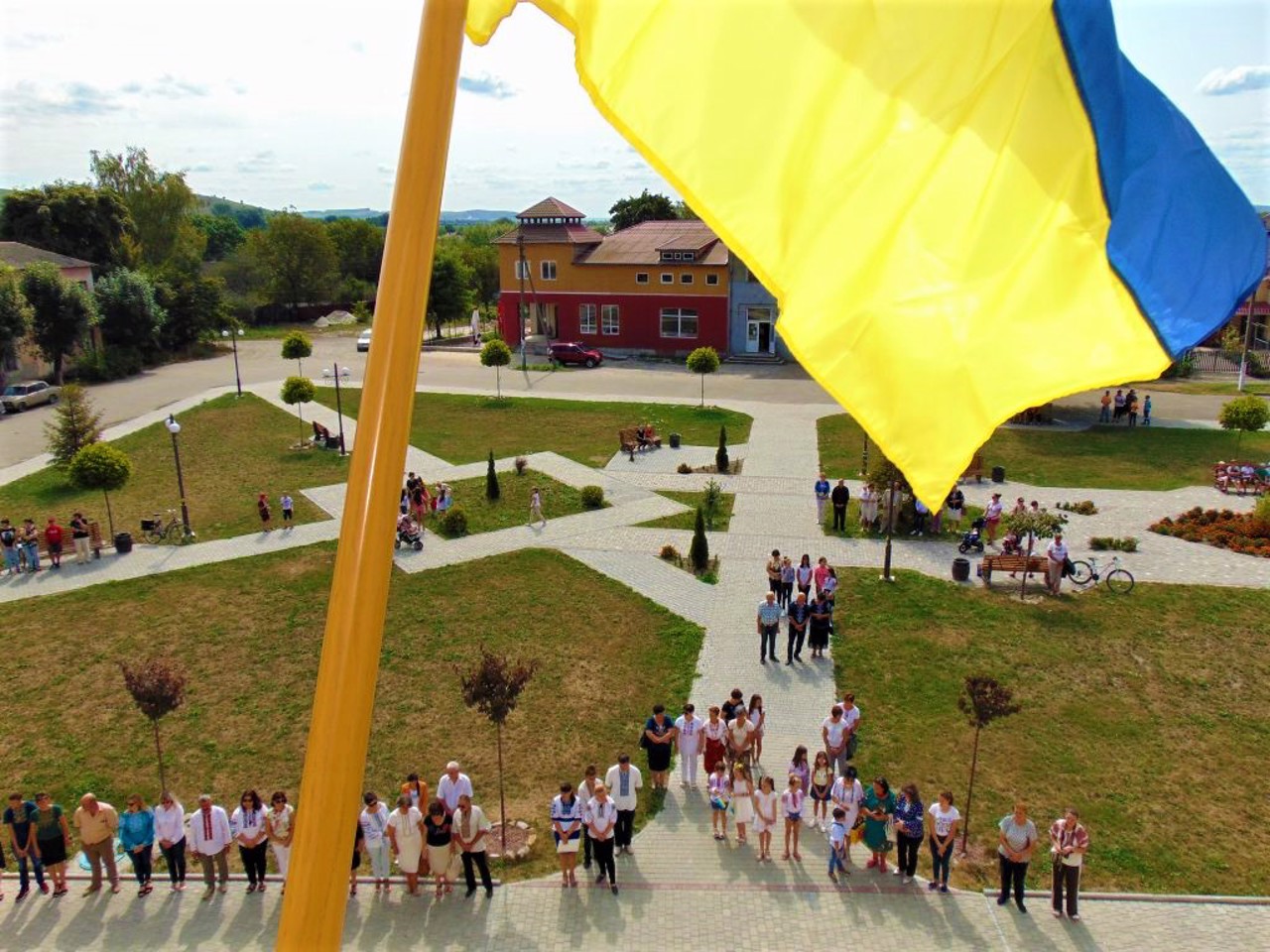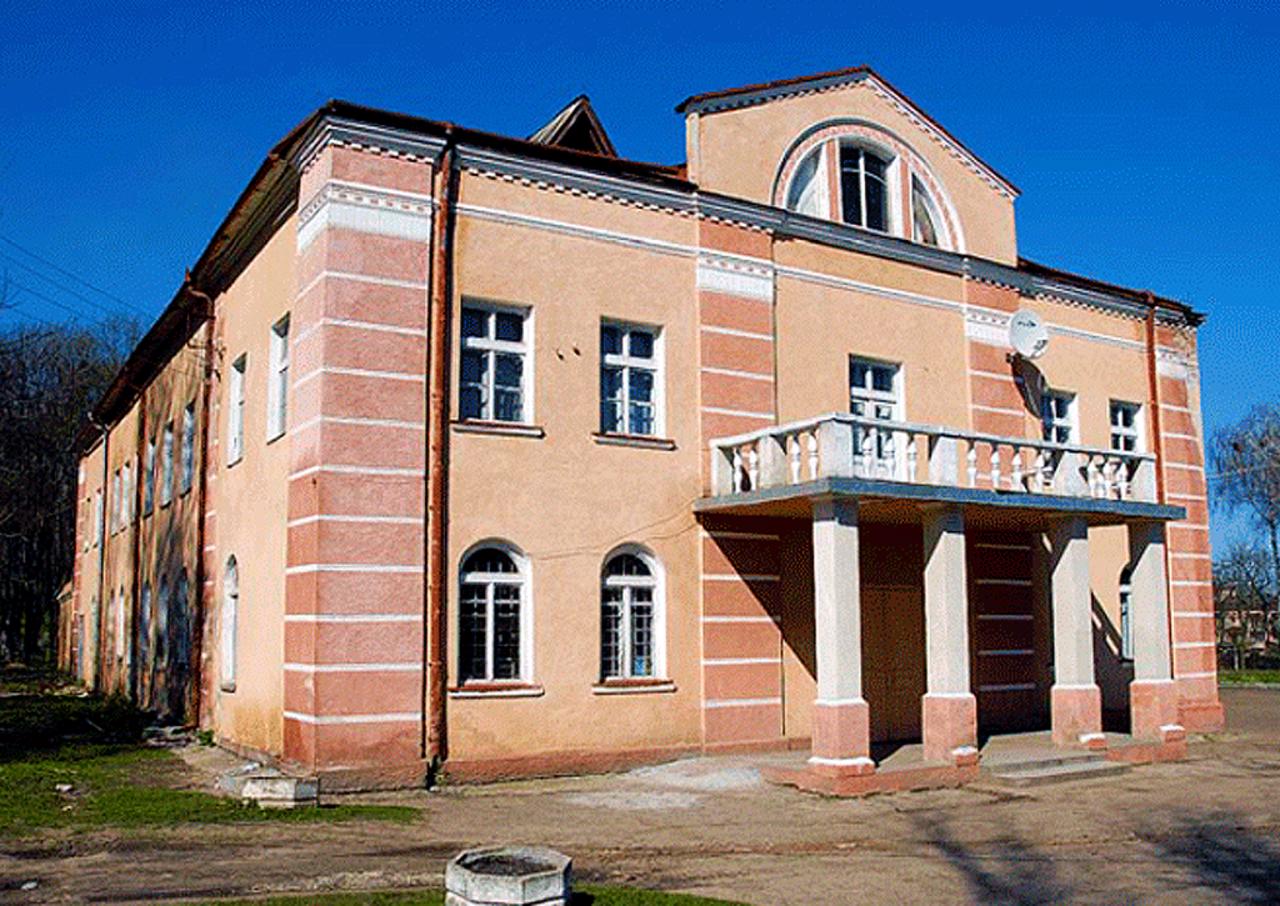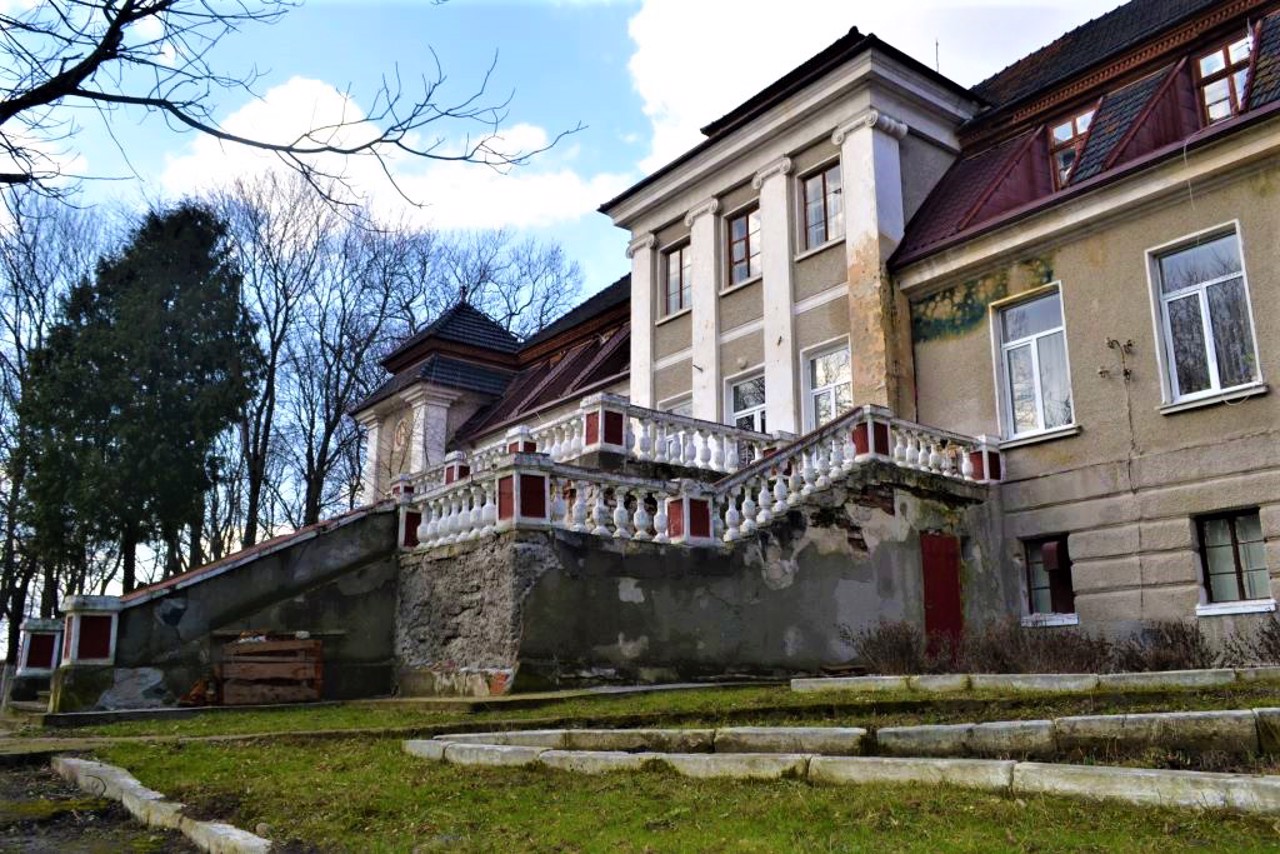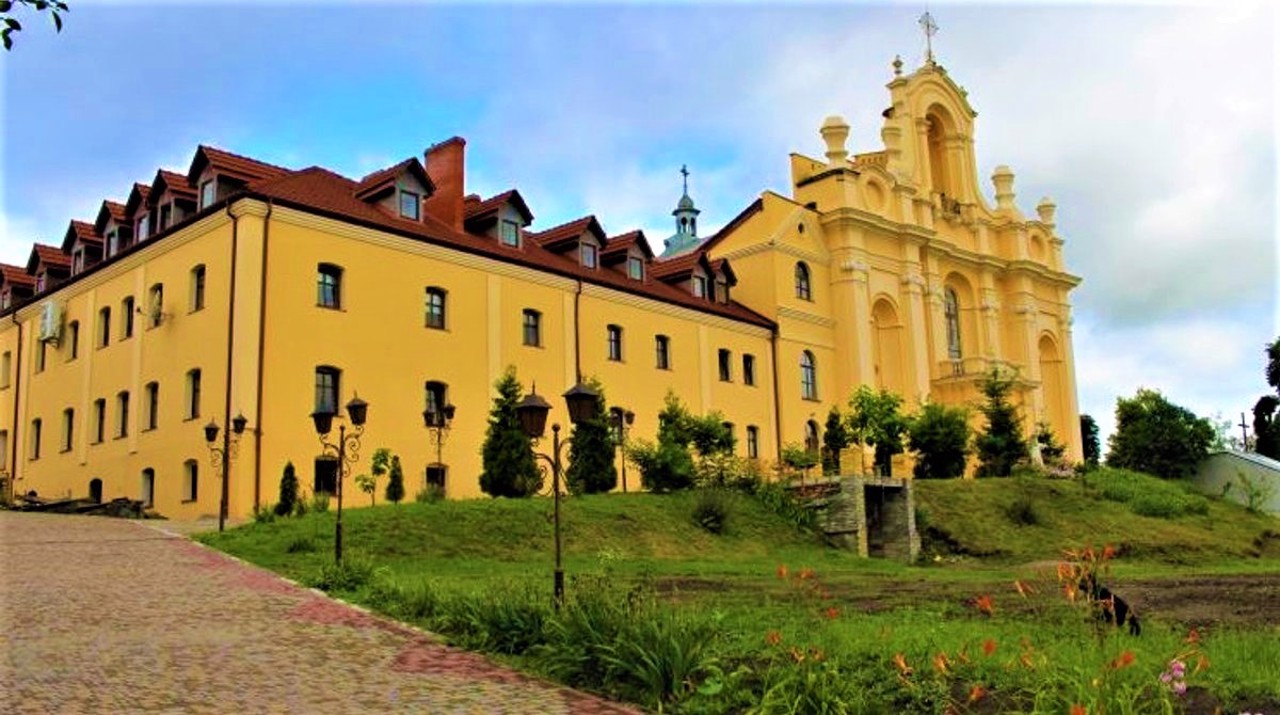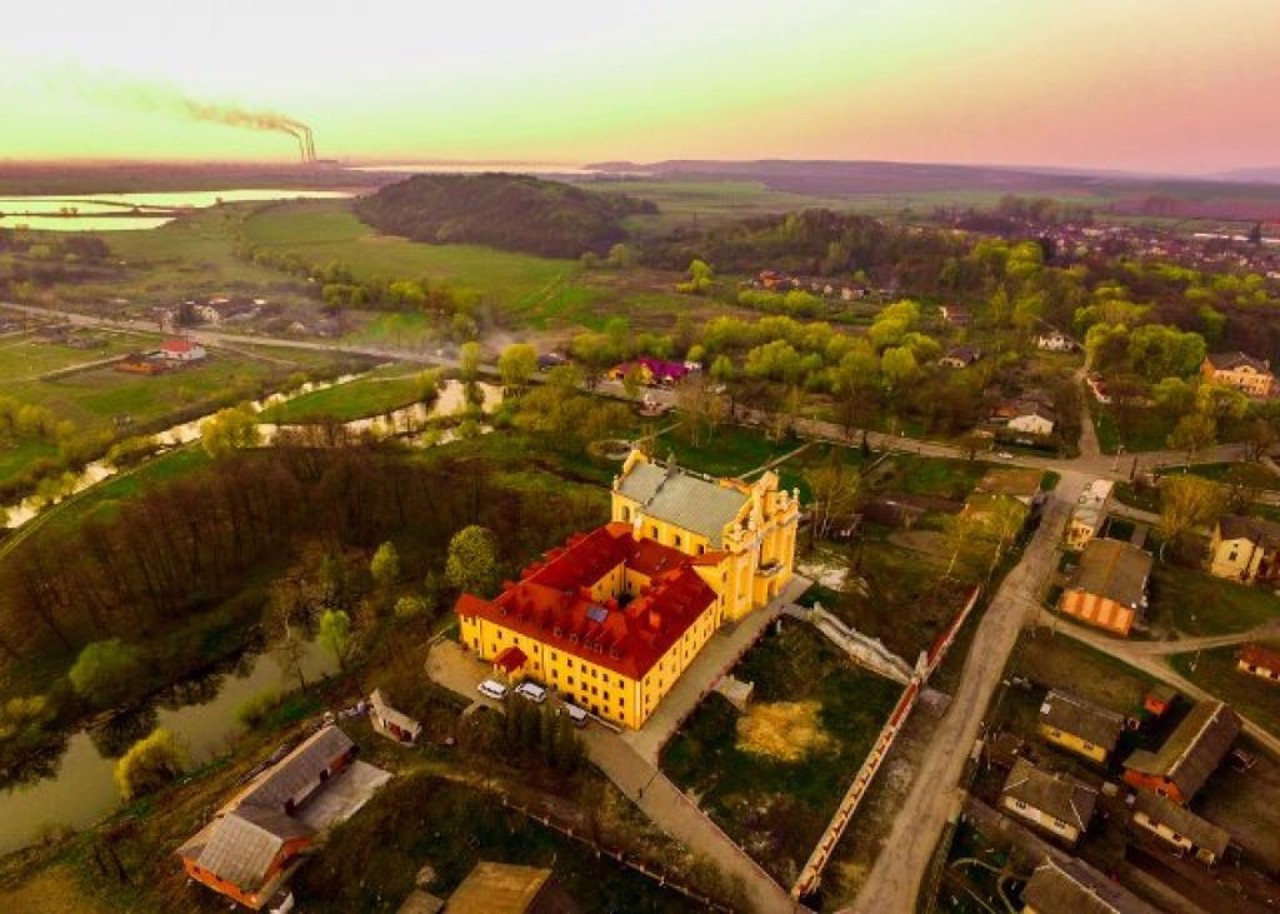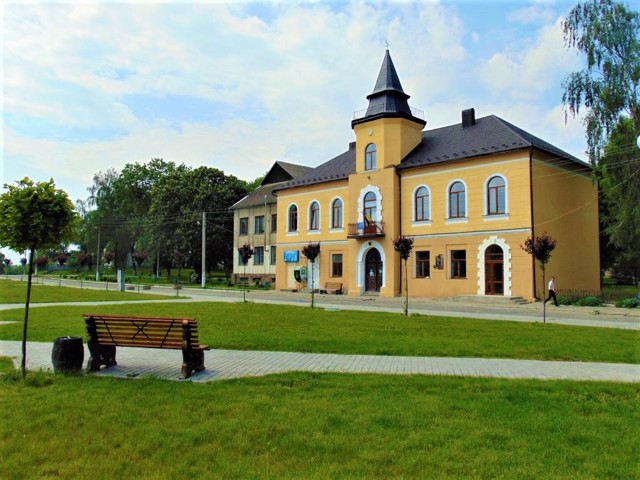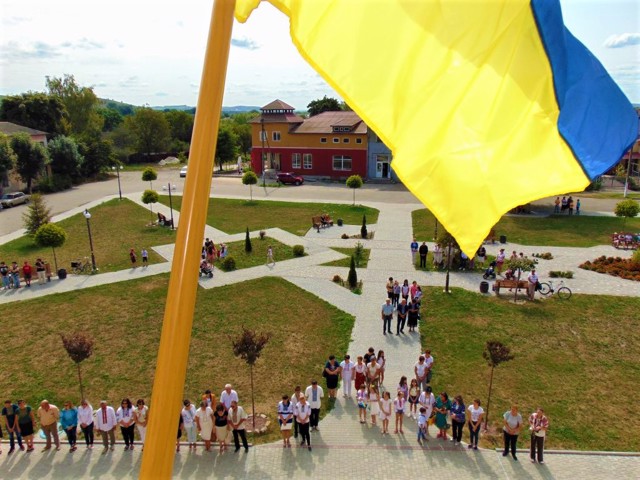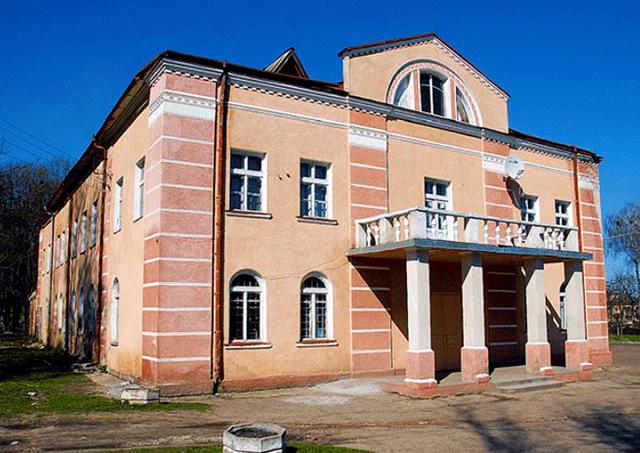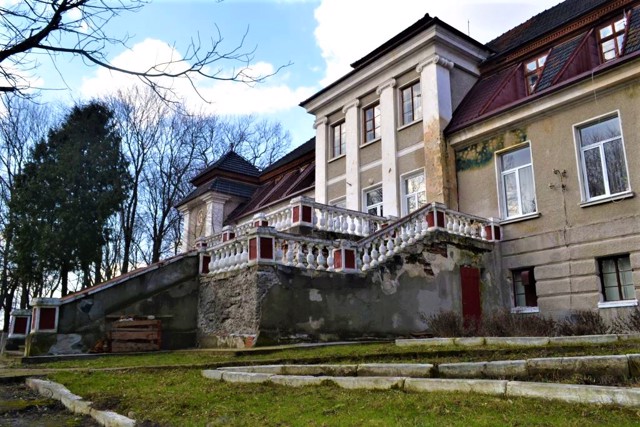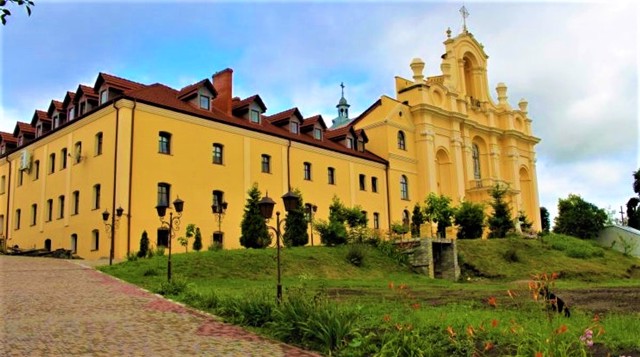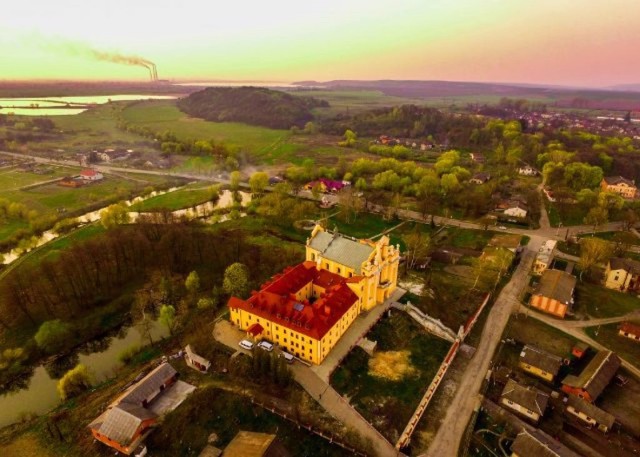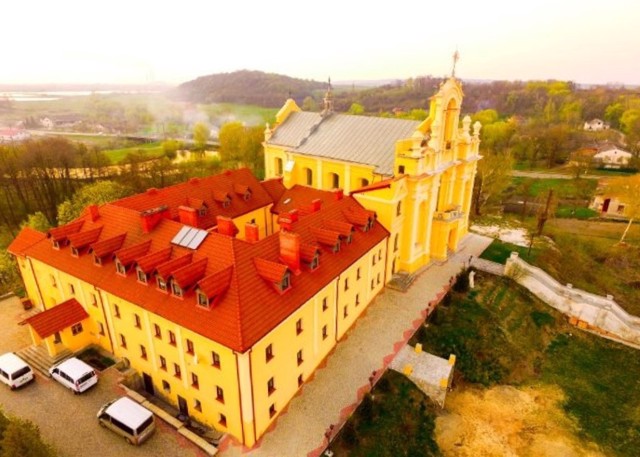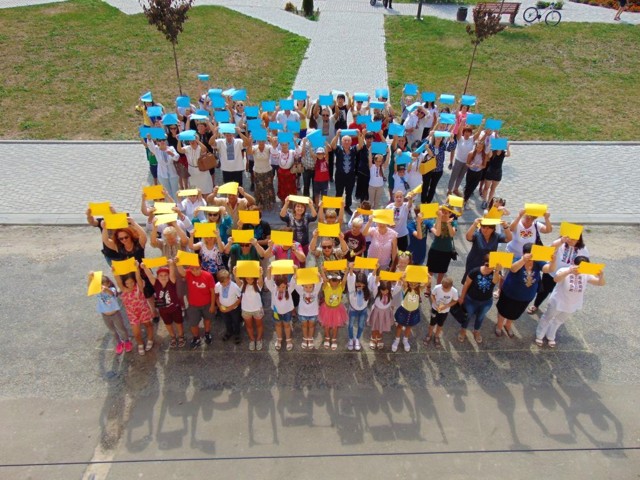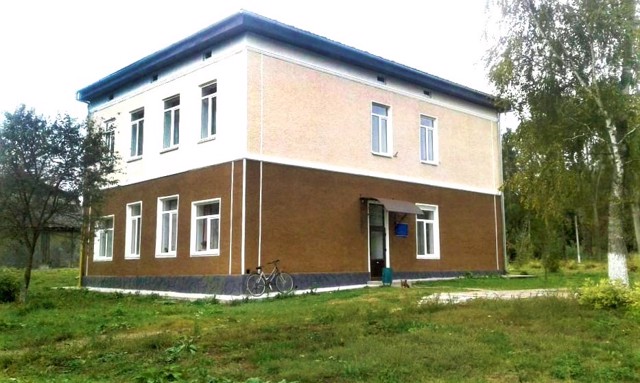Functional temporarily unavailable
Bilshivtsi
Travel guide online Bilshivtsi
General information about Bilshivtsi
The settlement Bilshivtsi on the Hnyla Lypa River in the Dniester Valley is located 10 kilometers north of Halych.
First mentioned in 1404 as Bolshiv, Bolshivets. In 1617, the crown hetman Martyn Kazanovskyi became the master of these lands. He invited to the Bilshivtsi the monks of the Carmelite order, who in 1624 built the Annunciation Church in the baroque style, which has survived to this day.
At the beginning of the 18th century, the town became the property of the Yablonovsky princes, and later - the rich Armenian family of the Kshechunovychy, under whom trade and crafts began to develop in the village. Until the beginning of the 20th century, there was a mill, a distillery, a brewery, and a two-c ...
The settlement Bilshivtsi on the Hnyla Lypa River in the Dniester Valley is located 10 kilometers north of Halych.
First mentioned in 1404 as Bolshiv, Bolshivets. In 1617, the crown hetman Martyn Kazanovskyi became the master of these lands. He invited to the Bilshivtsi the monks of the Carmelite order, who in 1624 built the Annunciation Church in the baroque style, which has survived to this day.
At the beginning of the 18th century, the town became the property of the Yablonovsky princes, and later - the rich Armenian family of the Kshechunovychy, under whom trade and crafts began to develop in the village. Until the beginning of the 20th century, there was a mill, a distillery, a brewery, and a two-class school.
Among the architectural monuments from those times, the Neo-Renaissance-style Kshechunovych palace and the town hall building with a small turret have been preserved.
During the Second World War, the Germans destroyed more than a thousand Jews in Bilshivtsi.
In 1940-1963, the settlement had the status of a district center.
Селище Більшівці на річці Гнила Липа в долині Дністра розташоване в 10 кілометрах на північ від Галича.
Вперше згадується в 1404 році як Большів, Большівець. В 1617 році господарем цих земель став коронний гетьман Мартин Казановський. Він запросив до Більшівців ченців ордену кармелітів, які в 1624 році побудували Благовіщенський костел в стилі бароко, що зберігся донині.
На початку XVIII сторіччя містечко перешло у власність князів Яблоновських, а пізніше - багатої вірменської родини Кшечуновичів, за яких в селі стали розвиватися торгівля і ремесла. До початку XX століття тут були млин, винокурня, броварня, двокласна школа.
З архітектурних пам'яток з тих часів збереглися палац Кшечуновичів в с ...
Селище Більшівці на річці Гнила Липа в долині Дністра розташоване в 10 кілометрах на північ від Галича.
Вперше згадується в 1404 році як Большів, Большівець. В 1617 році господарем цих земель став коронний гетьман Мартин Казановський. Він запросив до Більшівців ченців ордену кармелітів, які в 1624 році побудували Благовіщенський костел в стилі бароко, що зберігся донині.
На початку XVIII сторіччя містечко перешло у власність князів Яблоновських, а пізніше - багатої вірменської родини Кшечуновичів, за яких в селі стали розвиватися торгівля і ремесла. До початку XX століття тут були млин, винокурня, броварня, двокласна школа.
З архітектурних пам'яток з тих часів збереглися палац Кшечуновичів в стилі неоренесансу, а також будівля ратуші з невеликою башточкою.
В роки Другої світової війни німці знищили в Більшівцях більше тисячі євреїв.
В 1940-1963 роках селище мало статус районного центру.
Сплануй своє перебування у Bilshivtsi
What to see and where to go in Bilshivtsi
Tourist attractions and museums of Bilshivtsi

Bilshivtsi Town Hall
Architecture
The town hall on the former Bilshivtsi Rynok square (now Vichevyi Maydan) was built in the 19th century.
Originally it had a taller square clock tower with an open gallery and a pointed spire. During the First World War, the building was damaged and was rebuilt in its current, more compact form.
The town hall still serves its purpose - it houses the village council of Bilshivtsi.
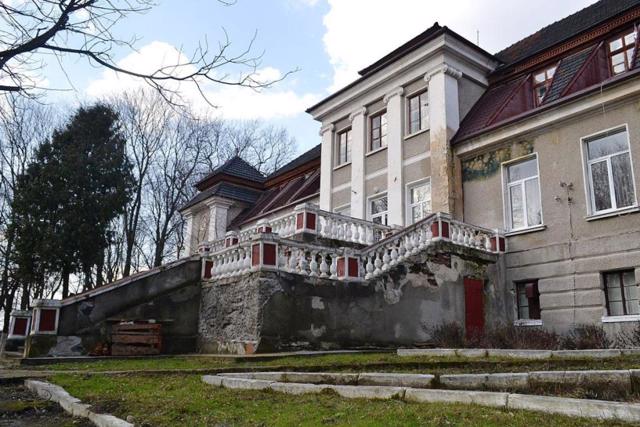
Kshechunovych Palace
Palace / manor , Architecture
The palace and park complex in Bilshivtsi was founded in the 19th century by the Kshechunovych family on the site of the old defensive castle of the Kazanovskys.
At the end of the First World War, the manor house was completely destroyed, and in 1927-1929, Kornel Kshechunovych built a new palace in its place in the neo-Renaissance style with elements of classicism. The facade is decorated with a portico with four columns. The park facade with two side towers is especially impressive. A luxurious staircase leads down to the park with a fountain.
Currently, the former palace of the Kshechunovych houses the Bilshivtsi City Hospital.
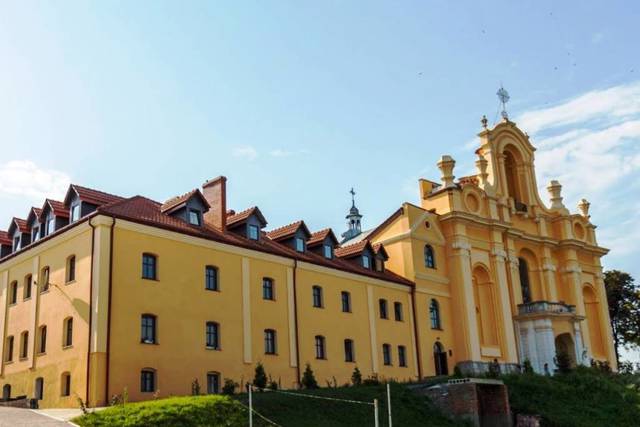
Mother of God Sanctuary
Temple , Architecture
The sanctuary of the Mother of God in Bilshivtsi is one of the most beautiful sights of the late Baroque period in Galicia.
It was built in 1624 by the monks of the Carmelite order, who were invited by the owner of the town, Hetman Martyn Kazanovsky.
According to legend, one day the hetman fished the image of the Virgin from the Dniester, and soon won a battle with the Tatars. Taking this as a sign from God, Kazanovsky ordered the construction of a wonderful temple, to which was placed a miraculous icon of the Mother of God of the Holy Scapular, which is popularly called the Bilshivtsi Mother of God.
In 1669, the church had to be repaired due to damage it received during the Liberation War, and in 1718 - after the Turkish invasion. The temple was consecrated in honor of the Visitation of Elizabeth by the Blessed Virgin Mary. The Bilshivtsi icon was crowned by Pope Pius VI.
Before World War I, the Carmelite monastery in Bilshivtsi was one of the largest in Galicia. The Bolsheviks closed the temple in 1947, the monks took the icon to Poland. Only in 2002, its copy returned to the Bilshivtsi and was placed in the revived sanctuary of the Mother of God in Bilshivtsi.
The former Carmelite shrine is now under the care of the Franciscan fathers. Restoration is underway at the expense of the Ministry of Culture of Poland as part of the operational program "Cultural Heritage", with the support of the Metropolitan Curia of the Lviv Diocese of the Roman Catholic Church in Ukraine, as well as patrons and benefactors from Ukraine and Europe.
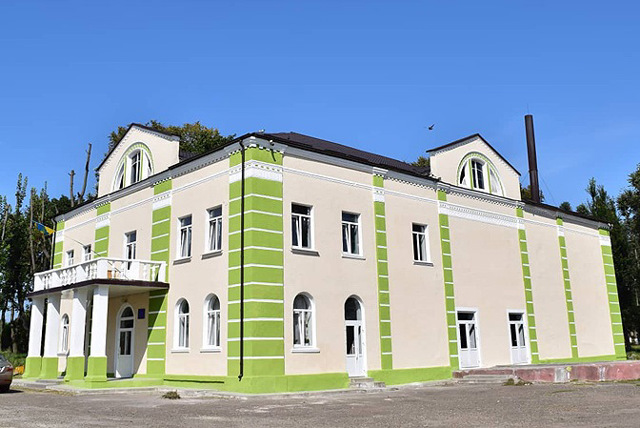
Synagogue
Temple , Architecture
The synagogue in Bilshivtsi was built in the 18th century in the style of classicism, in the 19th century it was slightly expanded.
According to legend, it had not only men's, but also women's quarters.
Between the First and Second World Wars, the Jewish population in Bilshivtsi reached about 2 thousand people, the town had three synagogues, one of which survived. However, it did not retain its original appearance - the Soviet occupiers rebuilt it somewhat and turned it into the House of Culture, which is still valid today.
In 2014, restoration began at the expense of the village council.
Reviews Bilshivtsi
Geographical information about Bilshivtsi
| {{itemKey}} | {{itemValue}} |
|---|---|
| Region |
Ivano-Frankivsk |
